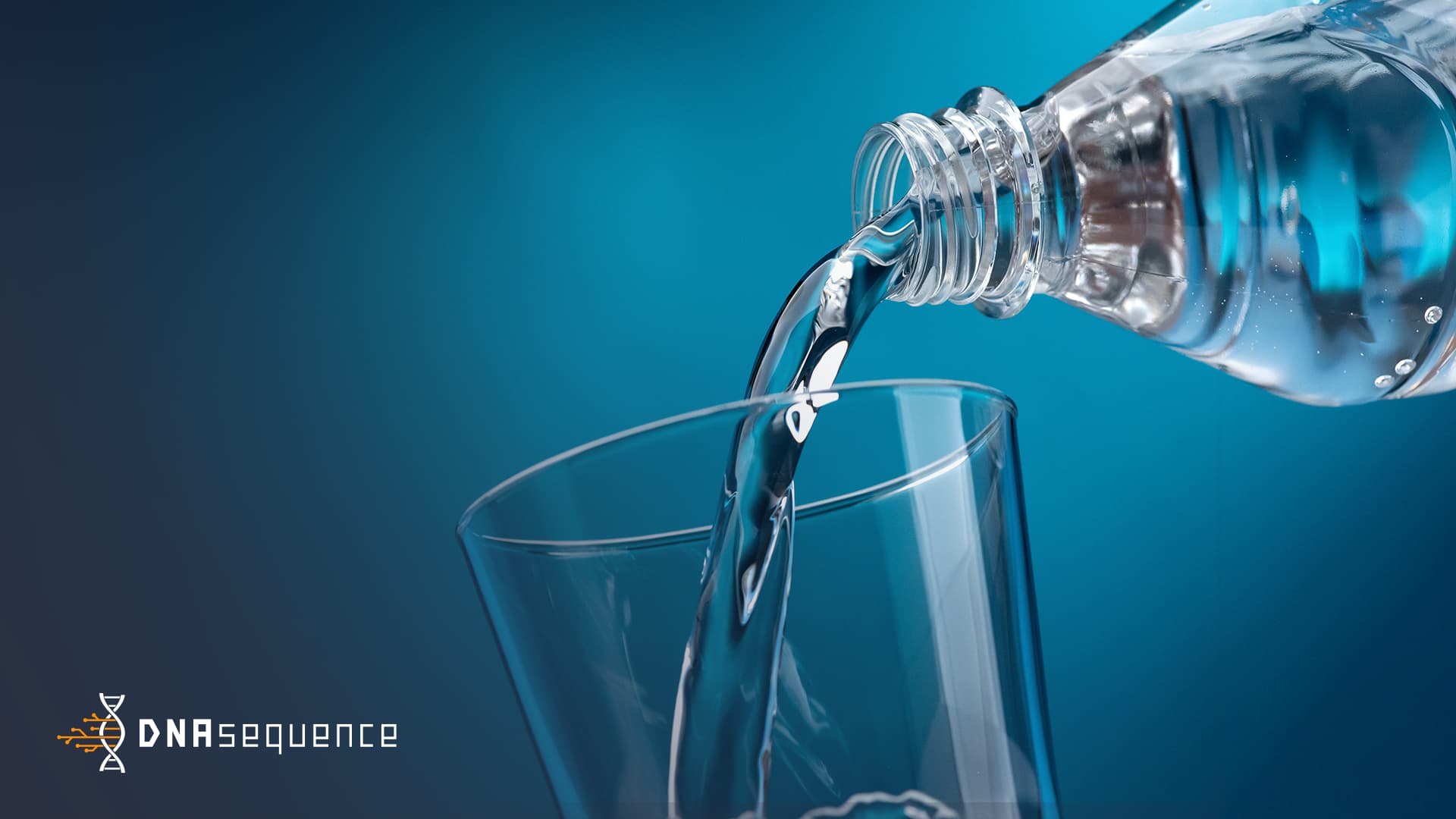1. Project Background and Description
Bacterial microbes exist in every water system in the world. They are perfectly adapted to the environmental conditions, making the disinfection process a difficult task. As microbes grow, they attach themselves to wetted surfaces in the water distribution system. They protect themselves from disinfecting agents by forming biofilms. A biofilm contains a group of bacteria enveloped within a polymeric slime that ensures adhesion to the pipe surface. Thus, they are several hundred times more resistant to the action of various disinfectants and antibiotics than the same microorganisms grown in suspension.
3. Project Scope
- To explore the differences of microbial community structure in different water areas
- To study changes of water microbiota in diversity and abundance after certain treatment
- To determine the degree of water pollution and remediation actions
4. Technology
We will define points of interest in cooperation with the local authorities to define the sampling strategy. Our proposal concerns a different number of samples from different sites at a specific time. The proposed solution based on Nanopore sequencing platforms we can not only help you identify the microorganisms presented in the water, but also analyze their diversity, abundance, and the relationship between the water environments and the microbiomes. Advanced bioinformatic analysis offers a method to examine the genetic diversity of environmental samples and to characterize sites in terms of relative abundance of bacteria, fungi, protists, viruses, antimicrobial resistance (AMR), and virulence associated genes.
5. Deliverables
Final Reports will contain the following elements:
- Identification of water microorganisms
- Quantitation of water microorganisms
- Study the evolutionary relationship of water microorganisms
- Study the functions of microorganisms in the water environments
- Remediations actions to improve water quality.


